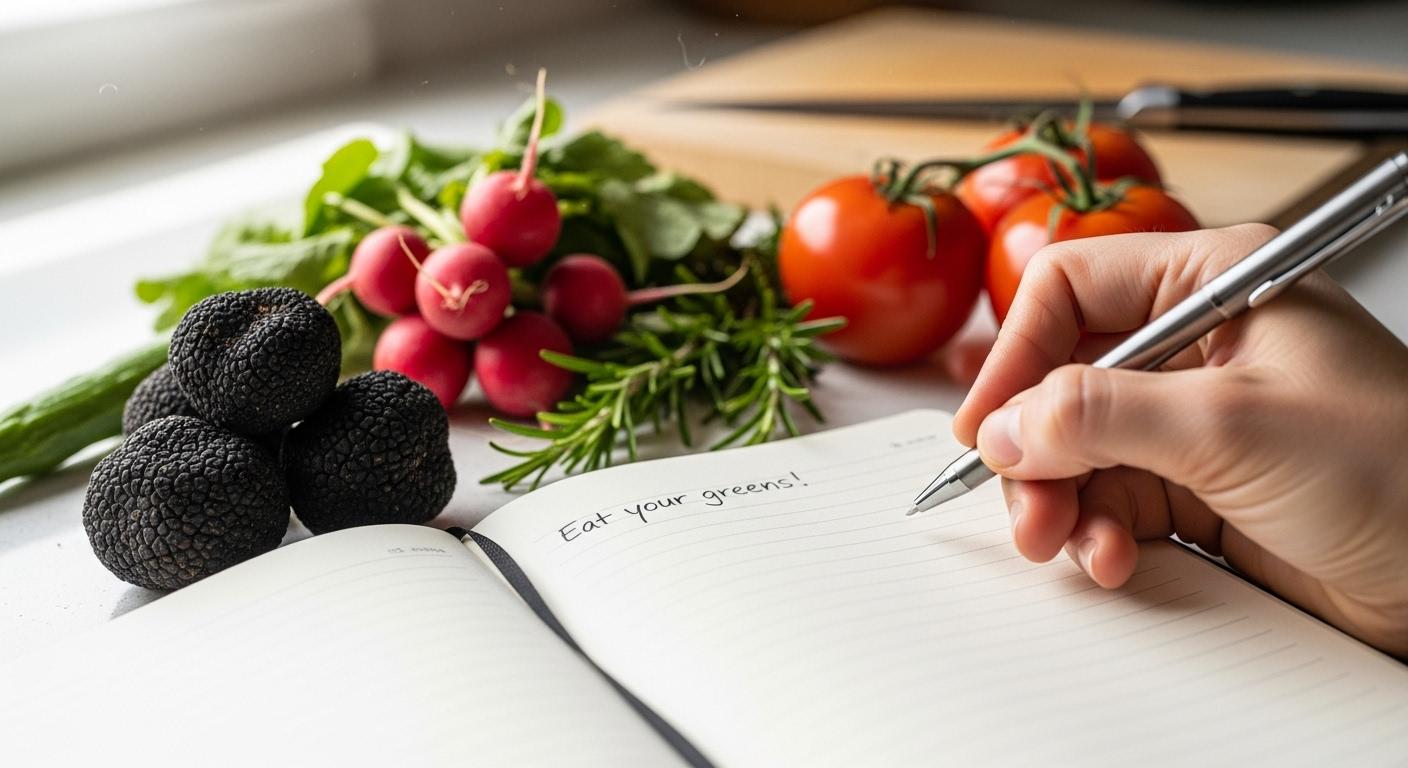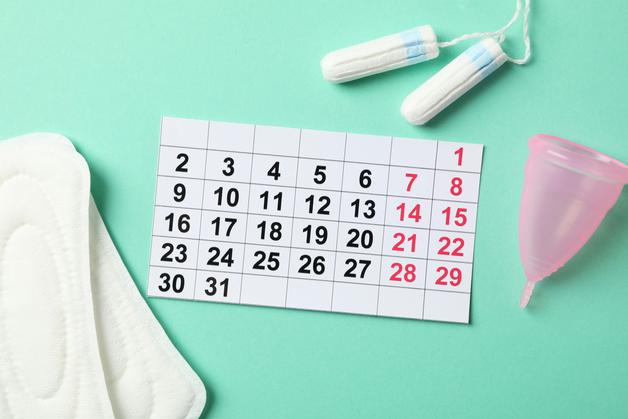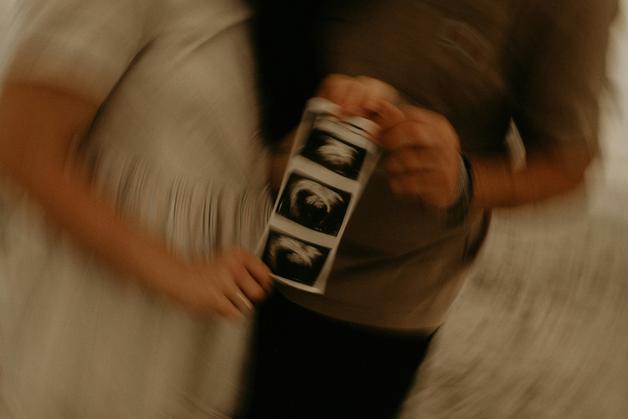Craving that deep, earthy perfume of truffles during pregnancy, yet wondering if the pleasure is worth the worry. You are not alone in weighing comfort, flavor, and safety. A simple approach can lower stress and protect your baby, clean the truffle well, keep it separate from raw foods, heat the dish thoroughly. You will see how to choose safer products, how to cook confidently, and how to enjoy small indulgences like chocolate truffles without second guessing every bite.
Quick safety snapshot
- Fresh culinary truffles, the fungus itself, are generally low risk when cleaned well and used in hot dishes that reach safe internal temperature.
- Processed truffle products, like oils or pastes, are usually low risk when factory heat treated and sealed, prefer items labeled with pasteurization or sterilization.
- Truffle cheeses and butters should use pasteurized dairy, check labels.
- Chocolate truffles are fine in moderation, check for caffeine load, alcohol centers, and allergens.
- Memory rule, clean, separate, heat.
Why parents ask about this
Soil clings to truffles, and with soil can come microbes. You might ask, are truffles safe in pregnancy. Safety mostly comes down to hygienic handling and how the dish is prepared. The microbe we watch closely in pregnancy is Listeria monocytogenes, because even mild illness in the parent can affect the fetus. The risk is not the aroma, it is the surface of a raw item that touched dirt, and what happens next in your kitchen or at a restaurant.
Public health trends show more people without prior immunity to toxoplasma in some regions, so caution stays valuable. Yet fear should not take over your plate. Smart steps allow enjoyment without constant worry.
Two kinds of truffles you may encounter
Culinary truffles, the fungus
- What they are, aromatic fungi like fresh black truffle and fresh white truffle. They often mingle with butter, cream, cheese, or eggs in recipes.
- Common uses, thin shavings over pasta or eggs, folded into warm sauces, blended into compound butters or infused oils.
- Why safety varies, raw shavings on cool dishes carry more surface risk than truffles cooked inside a piping hot dish.
Chocolate truffles, the confections
- Ganache spheres made with chocolate and cream, sometimes with liqueur centers. Look for pasteurized dairy and check labels for allergens and alcohol.
Foodborne risks and how to shrink them
Key hazards to know
- Soil or handling can introduce bacteria. Besides Listeria monocytogenes, the general kitchen landscape includes Salmonella and Campylobacter. Poor refrigeration and anaerobic oil mixes raise concern for Clostridium botulinum, especially with garlic and herbs in oil.
- Higher risk scenarios include raw truffle shavings on cold plates, unclean vendor practices, equipment shared with raw meats, and pairings that include unpasteurized dairy.
- Think of ready to eat foods pregnancy risk as any food that is eaten without a kill step, raw shavings on a chilled dish fall into that bucket.
Toxoplasma timing, why it matters
Toxoplasma gondii is a parasite found in soil and cat feces. Early in pregnancy, transmission to the fetus is less frequent but can have more severe outcomes if it happens. Later in pregnancy, transmission is more common, but effects can show up after birth. This is why cleaning and heat matter at every stage.
Raw versus cooked truffles, temperature is the lever
- Heat truffle containing dishes to 75°C, 165°F, and keep that temperature at the center for about one minute. A quick thermometer check reduces guesswork.
- Chefs add truffles at the end to protect aroma. You can still reduce risk by ensuring the base dish is fully steaming hot before the truffle goes in, then serve without delay.
Cleaning and kitchen hygiene that protect your family
Step by step cleaning
- Set a clean prep area, grab a soft produce brush or clean toothbrush, cold running water, and a fresh towel.
- Flick off visible dirt with your fingers.
- Brush gently but thoroughly, reach the little crevices.
- Rinse under cold running water while brushing, avoid long soaking that dulls fragrance.
- Optional, a quick dip in a mild vinegar bath, one part vinegar to nine parts water, then rinse to avoid lingering taste.
- Pat dry, wrap loosely, and refrigerate soon after.
These mechanical steps physically remove microbes, which is simple science that pays off.
Preventing kitchen crossovers
- Wash hands before and after handling truffles.
- Use a dedicated produce board and knife. This reduces cross contamination risk from raw meat or eggs.
- Clean counters and tools between tasks.
- Chill prepared dishes promptly, room temperature is not a holding zone.
Cooking methods that balance safety and flavor
- Stovetop, fold thin truffle slices into a vigorously steaming truffle risotto or mashed potatoes. Check that the core of the pot reaches 75°C.
- Oven, build truffle pasta bakes or gratins so the center bubbles. That bubbling core signals heat penetration.
- Sauces, create a hot truffle cream sauce with pasteurized cream, simmer long enough that the whole pot reaches target temperature.
If you want aroma pop without raw shavings, grate a bit of truffle into a sauce that is already hot and hold for another minute, a small compromise, big risk reduction.
Storage, shelf life, and traceability
- Refrigeration, store fresh truffles in breathable containers with dry paper towels, change if damp, and use within a few days. Think refrigerate at 4°C, 40°F.
- Processed products, look for sealed jars or tins that mention vacuum sealing, pasteurized or sterilized. Examine the lid and best by date.
- Oils, choose sealed bottles from reputable producers. If there are bits of truffle in oil, treat as per label and refrigerate after opening.
- Discard any truffle that smells off, feels slimy, or shows visible spoilage.
For peace of mind, ask vendors about harvest or packing date, origin, and storage conditions.
Black and white truffles, practical differences during pregnancy
- Black truffles hold up better to brief cooking, safer choices include hot pastas, risottos, sautés, and bakes that hit 75°C at the core.
- White truffles are often shaved raw over dishes, that tradition carries more surface risk. Safer route, add to dishes that are already steaming, or choose processed truffle sauces labeled pasteurized.
Truffle products, what to check before you buy or order
Truffle oil and aroma flavored items
- Authenticity varies. Many affordable bottles are synthetic aroma blends. Safety hinges less on authenticity and more on sealed processing and storage.
- Choose shelf stable truffle oil from trusted brands. Skip handmade oils with fresh chunks added cold, because oil plus plant pieces can trap bacteria.
Preserved pieces, pastes, and canned items
- Look for truffle paste or preserved truffles marked pasteurized or sterilized with intact seals. Refrigerate after opening.
Seasonings and fats
- truffle salt is mostly sodium, moderate your use especially if managing blood pressure.
- truffle butter belongs in the fridge and should use pasteurized dairy. Respect the use by date.
Cheese and creamy sauces
- Choose truffle cheeses clearly labeled pasteurized. Avoid soft cheeses made with raw milk unless they are baked until steaming.
Label cues that help
- Seek mentions of pasteurized, sterilized, and explicit truffle content.
- Vague natural flavor with no truffle specified can mean a non truffle aroma blend.
Chocolate truffles during pregnancy
You can keep them in your life. A few checks help. Count chocolate toward your caffeine total for the day. Watch for alcohol filled centers if you prefer to avoid alcohol. Choose pasteurized cream and butter. Read for allergy statements, nuts and soy and gluten show up often.
Portion wise, think small pleasures. If you have gestational diabetes, pair a small truffle with protein or fiber and follow your glucose plan.
Nutrition snapshot
- Culinary truffles are very low calorie at typical serving sizes. They bring trace fiber and micronutrients, but their value is mostly aroma and satisfaction.
- Chocolate truffles are energy dense, with saturated fat and added sugar. Fit them into your day thoughtfully.
Practical recipes and safer menu ideas
- Hot truffle risotto, cook rice until creamy and steaming, fold in truffle, then hold the pot on low for one to two minutes to keep the core at 75°C.
- Roast chicken with truffle jus, roast poultry to 75°C at the thickest part, then simmer pan juices with truffle for a minute before serving.
- Baked pasta with truffle cream, use pasteurized dairy, bake until the middle bubbles.
Interactions with other higher risk foods
Soft cheeses made with raw milk and some pâtés can harbor Listeria. Choose pasteurized versions or cook until steaming. If pairing with foie gras, prefer shelf stable sterilized products from reputable producers. Keep garlic in oil mixtures chilled and short lived to lower botulism risk related to Clostridium botulinum.
Eating out, questions to ask and choices that feel safe
You want flavor and confidence, both. Ask the server, is the dairy pasteurized, are the truffles added raw, is the dish fully heated. Favor steaming hot pasta or risotto, fully cooked egg dishes, warm sauces from sealed processed products. Skip raw shavings on chilled dishes and any unpasteurized soft truffle cheese.
Special situations by trimester and health condition
- First trimester, if nausea hits hard, lean into gentle, fully cooked preparations and modest portions.
- Gestational diabetes, limit sugary sauces and chocolate truffles, and pair small portions with fiber or protein.
- Hypertension or preeclampsia risk, moderate the salt load from truffle seasonings.
- Reflux, very rich and creamy truffle dishes can flare symptoms, choose lighter options.
- Allergies and sensitivities, if you react to molds or mushrooms, approach culinary truffles cautiously. Check labels for nuts, soy, and gluten in confections and processed items.
Immunity and what to do after unexpected exposure
If you know you are immune to toxoplasma, your baseline risk is lower, hygiene still matters. If you are not immune, cleaning and heat are your best tools. Accidentally ate raw shavings on a cold dish. Try not to panic. Watch for fever or significant gastrointestinal symptoms and contact your clinician to decide whether testing makes sense.
Myths and labeling truths
- All truffles are unsafe in pregnancy, false. Cleaner handling and heat make many options reasonable.
- Truffle oil always contains real truffles, not necessarily. Many rely on synthetic aroma molecules.
- Chocolate truffles always contain alcohol, many do not, check labels or ask.
Science and regulatory references to anchor your choices
Food safety is a shared language across agencies. For general principles, see FDA, CDC, USDA Food Safety and Inspection Service, EFSA, Health Canada, and the World Health Organization. These bodies provide consistent guidance on refrigeration, heating targets, and high risk food categories that inform decisions about truffles during pregnancy.
SEO friendly FAQs for quick decisions
- Can I eat truffles during pregnancy if they are shaved raw. Safer to add to a dish that is already steaming hot or to choose pasteurized processed products.
- Are dried truffle or frozen truffle safer. Processing helps with storage stability, safety still depends on clean handling and heating of the final dish.
- Is truffle oil safe. Shelf stable, sealed bottles from reliable brands are generally low risk when stored per label.
- Do truffle dishes with cheese raise listeriosis pregnancy risk. Only if the cheese is unpasteurized or the dish is not heated to steaming. Select pasteurized cheese and hot service.
Budget, authenticity, and sustainability
On a budget, concentrated salts and oils carry aroma with tiny amounts. For authenticity, read labels to separate real truffle content from aromatic blends. For sustainability, ask vendors about sourcing and harvest practices if that matters to you.
Where truffles during pregnancy fits into everyday life
You might picture a plate of silky pasta, a snowfall of white truffle, a moment of bliss. With truffles during pregnancy, pivot slightly. Make that pasta piping hot, ask for truffle added to a steaming base, or choose a pasteurized truffle cream from a sealed jar. The sensory joy remains, the safety margin widens. You can also keep chocolate truffles as a small treat, one or two, and move on with your day.
Quick safety checklists
Culinary truffles
- Clean thoroughly, brush and rinse, optional mild vinegar dip, then rinse again.
- Keep tools and boards separate from raw meat and eggs to reduce cross contamination risk.
- Heat dishes to 75°C at the center and serve promptly.
- Store cold and use within a few days, discard if odor or texture seems off.
Processed truffle products
- Choose sealed items that mention pasteurization or sterilization and intact vacuum sealing.
- Follow storage instructions after opening, refrigerate if the label says so.
- Avoid artisanal oils with fresh chunks added without a heat step.
Chocolate truffles
- Confirm pasteurized dairy, avoid alcohol filled centers if you prefer to avoid alcohol.
- Consider caffeine and sugar, plan servings if you have gestational diabetes.
Using the phrase truffles during pregnancy with clarity
When you see the phrase truffles during pregnancy, think clean hands, clean produce, hot dish. When friends ask about truffles during pregnancy, share the memory rule, clean, separate, heat. Restaurant night, ask how truffles during pregnancy are handled, raw or into a steaming base. Grocery aisle, scan labels with truffles during pregnancy in mind, pasteurized, sealed, clear dates. Home cooking, reach for a thermometer and bring dishes with truffles during pregnancy to 75°C. Dessert cart, choose chocolate truffles during pregnancy in small amounts and savor slowly. With these simple shifts, truffles during pregnancy can be delicious and low stress.
Key takeaways
- truffles during pregnancy can be enjoyed safely when you clean thoroughly, keep raw and ready items apart, and heat dishes to 75°C.
- Prefer pasteurized and sealed products, especially with dairy. Avoid raw shavings on chilled plates and any unpasteurized soft cheeses.
- Chocolate truffles are fine in moderation, consider caffeine, alcohol centers, and allergens.
- Trust reliable public health guidance from FDA, CDC, USDA Food Safety and Inspection Service, EFSA, Health Canada, and the World Health Organization.
- If you have questions about your situation, your clinician can personalize advice. For ongoing support and personalized tips for your family, download the Heloa app, you will find tailored guidance and free child health questionnaires, application Heloa.
Questions Parents Ask
Should I avoid wild or foraged truffles while pregnant?
It’s understandable to worry. Wild-foraged foods can be harder to verify for safety and origin. If truffles aren’t from a trusted, traceable source or identified by an experienced harvester, you might prefer cultivated or retailer-sourced truffles. Those offer clearer handling, storage and packing information — which lowers contamination risk. If you do eat foraged truffles, make sure they are thoroughly cleaned and used in a hot, fully cooked dish, and mention the exposure to your clinician if you have specific health concerns.
Can truffles interfere with prenatal vitamins or medications?
Good news: there are no well-documented interactions between culinary truffles and common prenatal vitamins or prescription medications. Truffles are usually eaten in very small amounts and don’t contain active herbal compounds that typically cause drug-food interactions. Still, check processed truffle products for added ingredients (alcohol, herbal extracts, concentrated botanicals) and share any new foods or supplements with your healthcare provider — especially if you’re on blood thinners or other specialized treatments.
Is there a recommended portion size for truffles during pregnancy?
There’s no formal portion rule. Truffles are normally used as a flavor accent, so tiny amounts—a few thin shavings or a small spoonful of truffle paste—are common and sensible. For chocolate truffles, consider one or two small pieces, keeping an eye on caffeine, sugar and any alcohol-filled centers. If you have gestational diabetes, high blood pressure or other conditions, you can pair a small treat with protein or fibre and follow your clinician’s dietary plan.










